Before V8s took over the performance spotlight, the straight-eight engine was king. Known for its smooth power delivery and elegant design, a straight-eight—or inline-eight—features eight cylinders arranged in a single row. The layout made for long engine blocks, but it offered great torque and near-silent operation, especially in the luxury and high-end cars of the ’30s and ’40s.
This list rounds up 10 classic cars that made the most of the straight-eight, whether they were designed for the well-heeled or simply built to cruise in style. Some were mass-produced, others barely made it off the line—but all of them carried serious character under their extra-long hoods.
1931 Duesenberg Model J
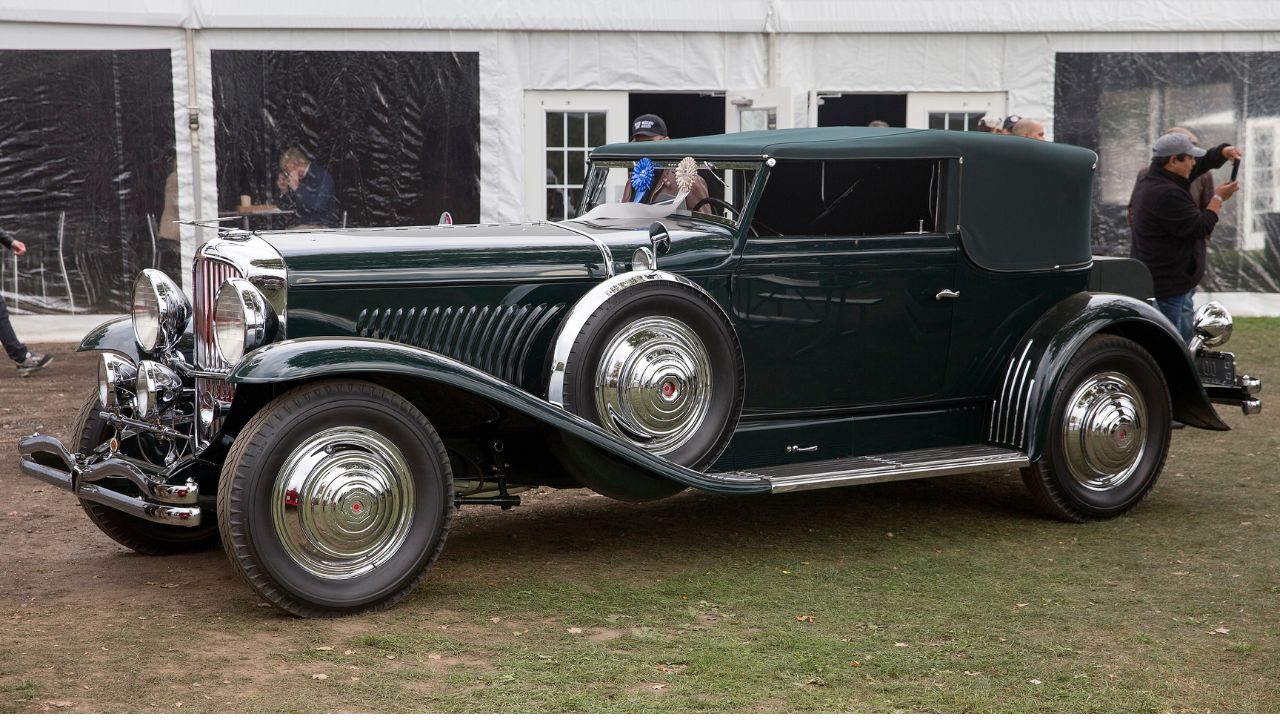
The Model J wasn’t just a status symbol—it was technical overkill in a three-piece suit. Its 420-cubic-inch straight-eight produced 265 horsepower, a staggering number for 1931. This wasn’t a smooth cruiser; it was a machine built to outclass anything on the road.
Duesenberg used dual overhead cams and four valves per cylinder, decades before that became mainstream. Production was limited—around 480 Model Js were built before the Depression slowed demand. The car was aimed squarely at the rich, with prices starting near $9,000 when a Ford V8 cost a few hundred bucks.
1948 Packard Super Eight
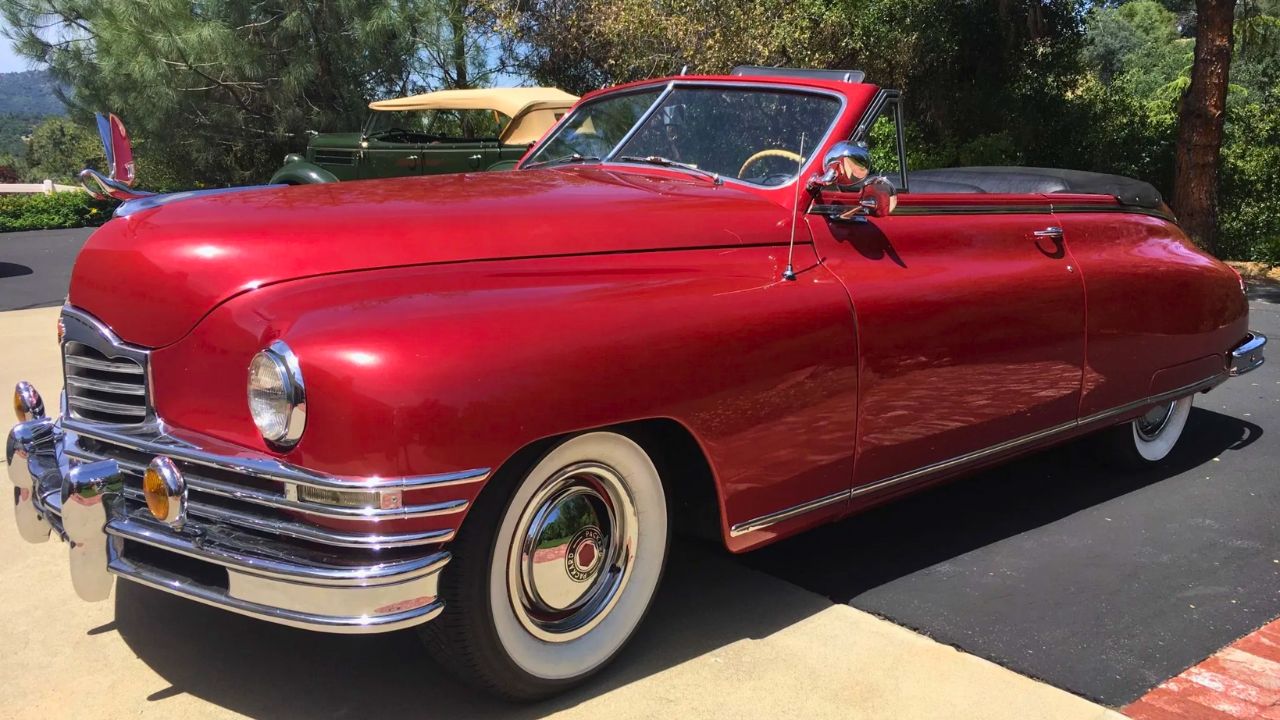
The Packard Super Eight was one of the final straight-eight-powered luxury sedans to hold its own in the postwar era. The 356-cubic-inch engine delivered 160 horsepower and a wave of low-end torque that made the heavy car move surprisingly well.
Packard’s inline-eight was smooth and nearly silent at idle. While it didn’t have the flair of a Cadillac V8, it had composure and refinement. These cars sold well enough for Packard to hold onto the straight-eight until 1954, long after most rivals had moved on to overhead-valve V8s.
1932 Buick Series 80
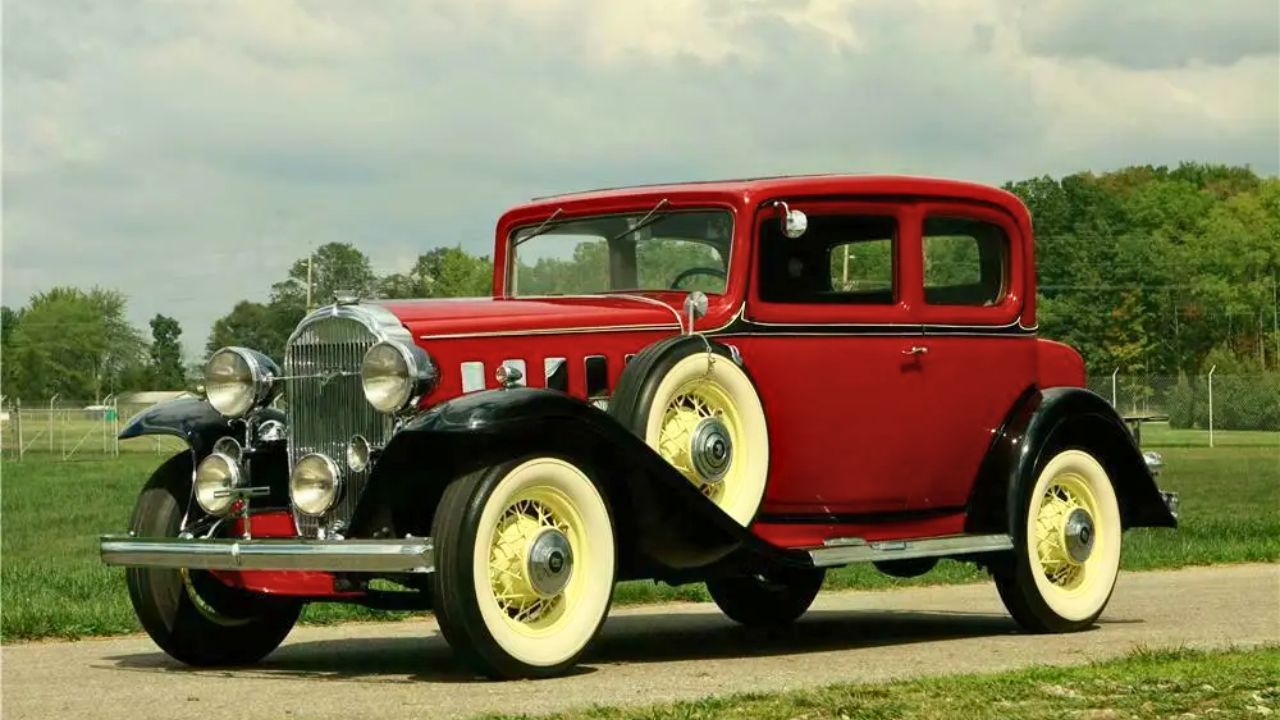
In the early ’30s, Buick’s Series 80 helped General Motors prove it could do quiet, big-engine luxury without copying Cadillac. The 344-cubic-inch straight-eight made around 104 horsepower, enough for a confident ride at highway speeds—if you could find highways back then.
Buick was early to adopt straight-eights, and they remained a mainstay through the 1950s. The engine’s long stroke gave it great pulling power, perfect for upscale sedans and limousines. Buick sold around 5,800 units of the Series 80 in 1932, most of them sedans or coupes with serious presence.
1941 Chrysler New Yorker
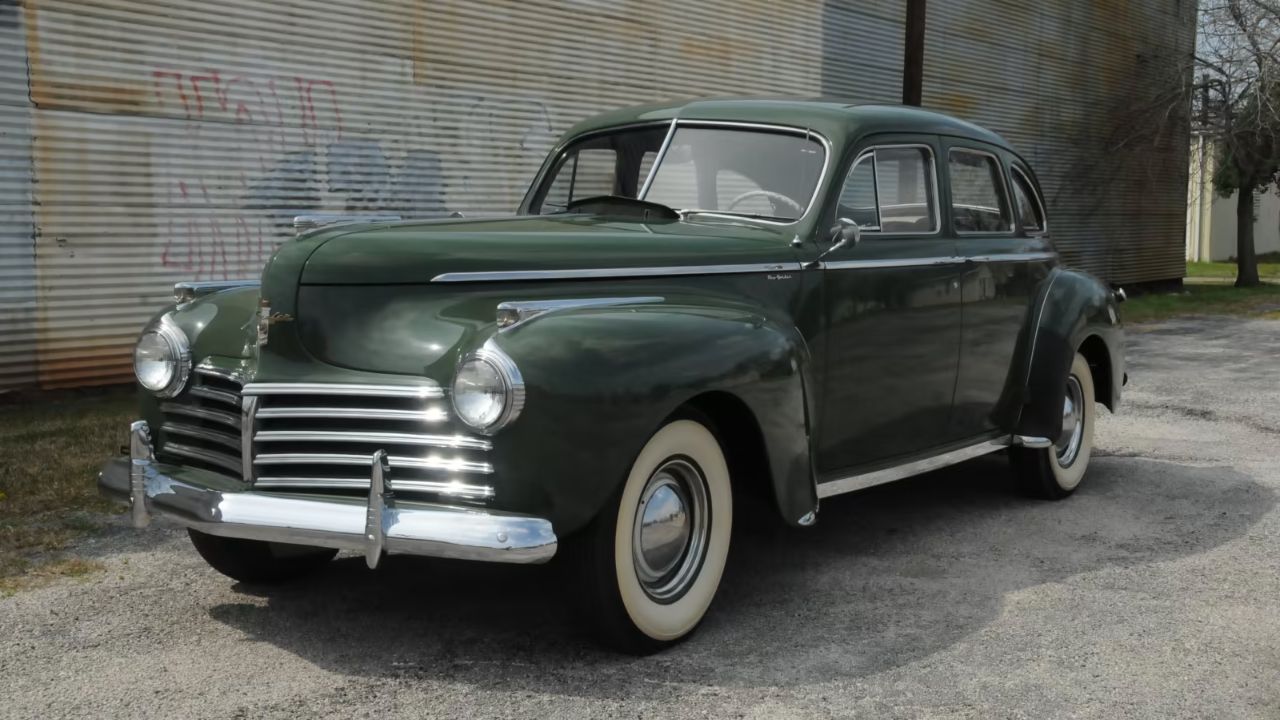
The 1941 Chrysler New Yorker came with a 323.5-cubic-inch L-head straight-eight producing 135 horsepower, paired to Chrysler’s semi-automatic “Fluid Drive” system. It was smooth, low-maintenance, and aimed at buyers who wanted comfort without fuss.
Chrysler’s inline-eight wasn’t about speed, but it delivered torque quietly and steadily. The New Yorker’s long hood housed the eight-cylinder inline block without issue. Production numbers for 1941 were around 25,000 units, but very few survive today in original, unrestored condition.
1933 Pierce-Arrow Model 1242
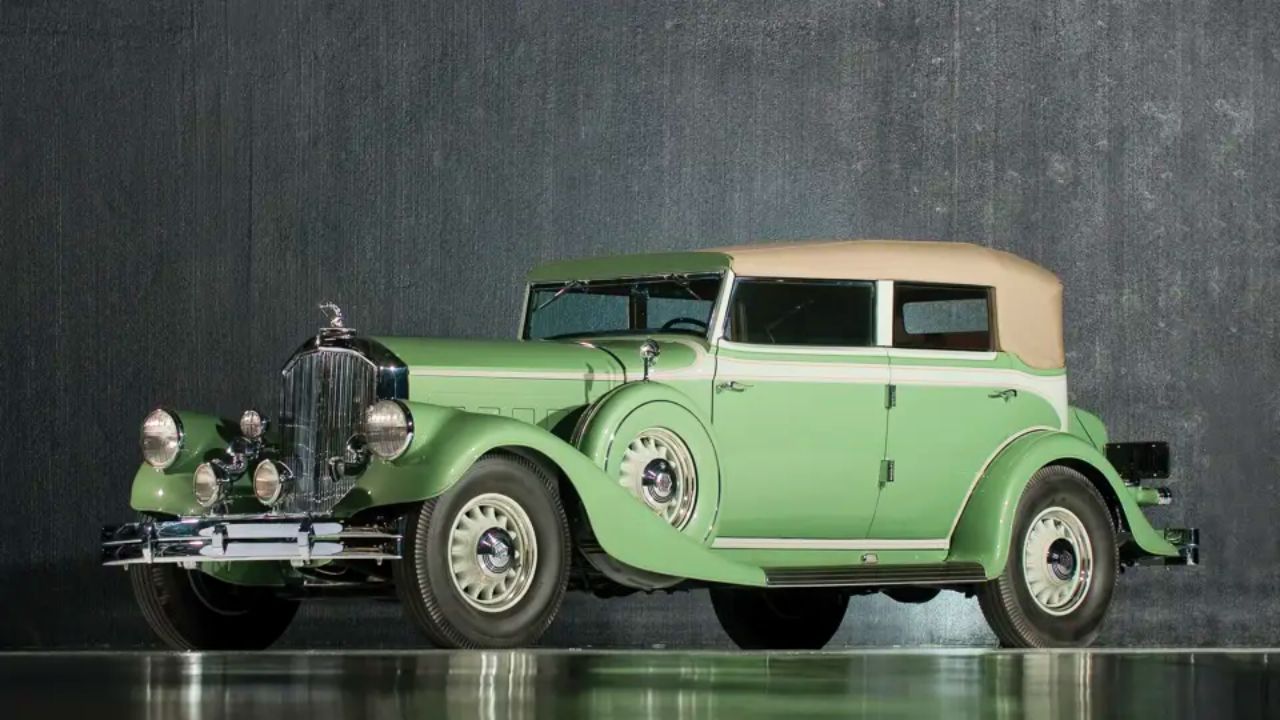
Pierce-Arrow was already a prestige name when the Model 1242 launched with its 462-cubic-inch straight-eight—one of the largest ever put in a passenger car. It made 150 horsepower, which was huge for the time, and delivered it with almost zero vibration.
Pierce-Arrow prioritized engine smoothness, using nine main bearings to keep the long crankshaft in check. With only a few hundred built during the Depression years, the 1242 was rare even when new. These cars were sold to the upper crust—think captains of industry and a few heads of state.
1949 Hudson Commodore Eight
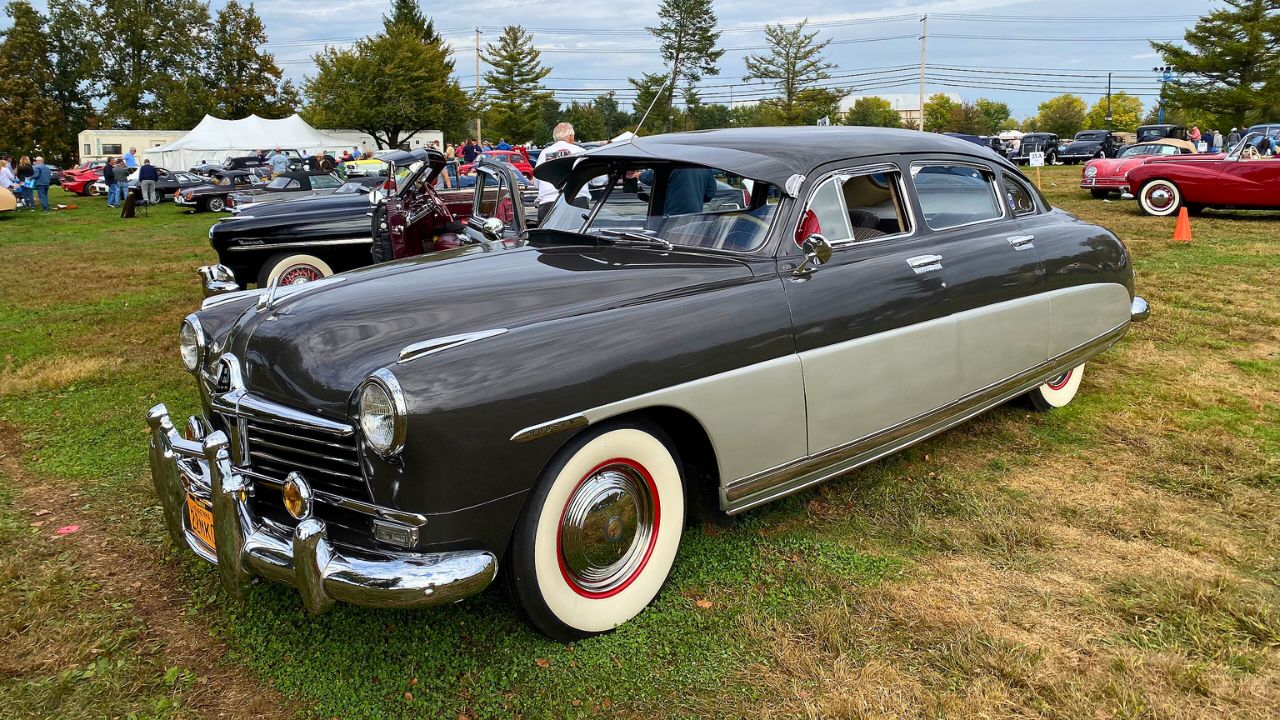
The Hudson Commodore Eight was powered by a 254-cubic-inch inline-eight rated at 128 horsepower, and it felt stout thanks to the car’s low-slung “step-down” design. This layout gave the Hudson better handling and a lower center of gravity than most competitors.
The inline-eight was reliable and torquey, and paired nicely with Hudson’s smooth Hydra-Matic transmission. The car had presence without flash, and Hudson built around 35,000 Commodore Eights in 1949. These were comfortable highway cruisers, and a few were even raced in early stock car events.
1934 Auburn 851 Straight Eight
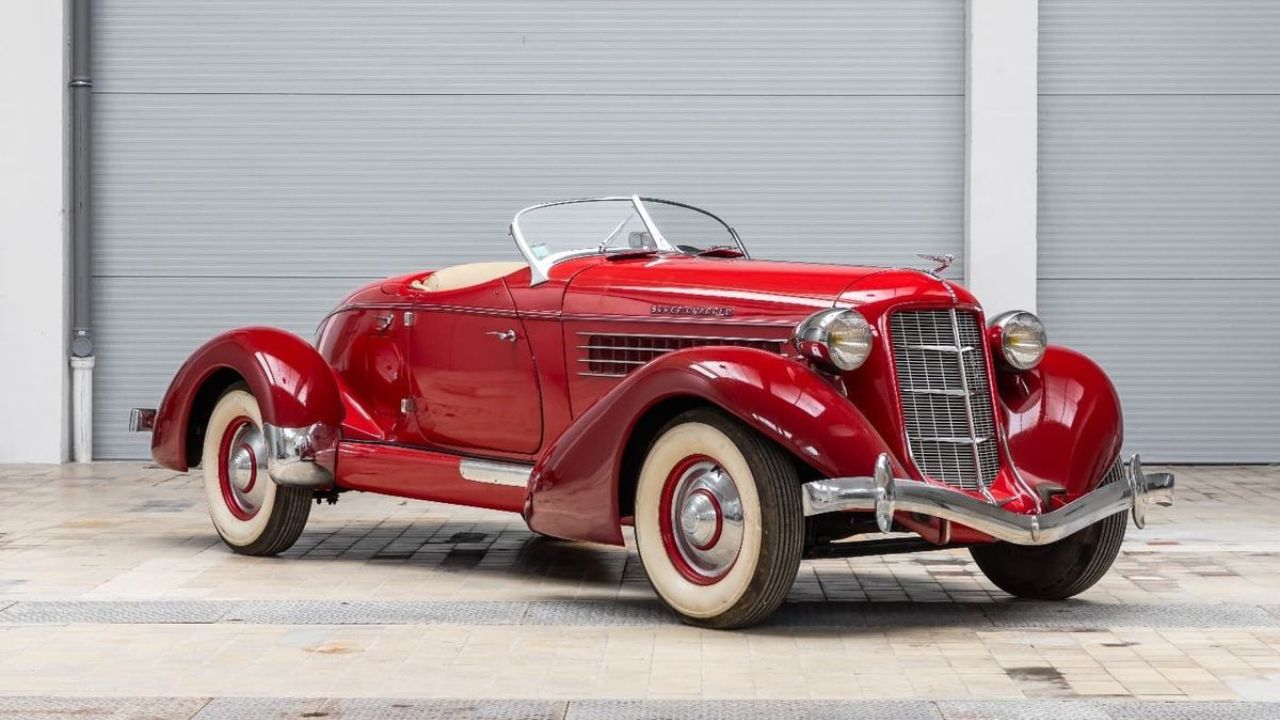
While the supercharged V12 Auburns get most of the attention, the 851 Straight Eight was no slouch. It used a 280-cubic-inch Lycoming-built inline-eight making 115 horsepower, paired with a Columbia dual-ratio rear axle for better gearing flexibility.
Auburn used Art Deco styling and flashy colors to stand out, but under the hood was solid engineering. Around 2,100 units of the 851 Straight Eight were sold before Auburn shut down production in 1937. Survivors are sought after by collectors who want something more subtle than a Duesenberg but still classically imposing.
1950 Pontiac Chieftain Eight Deluxe
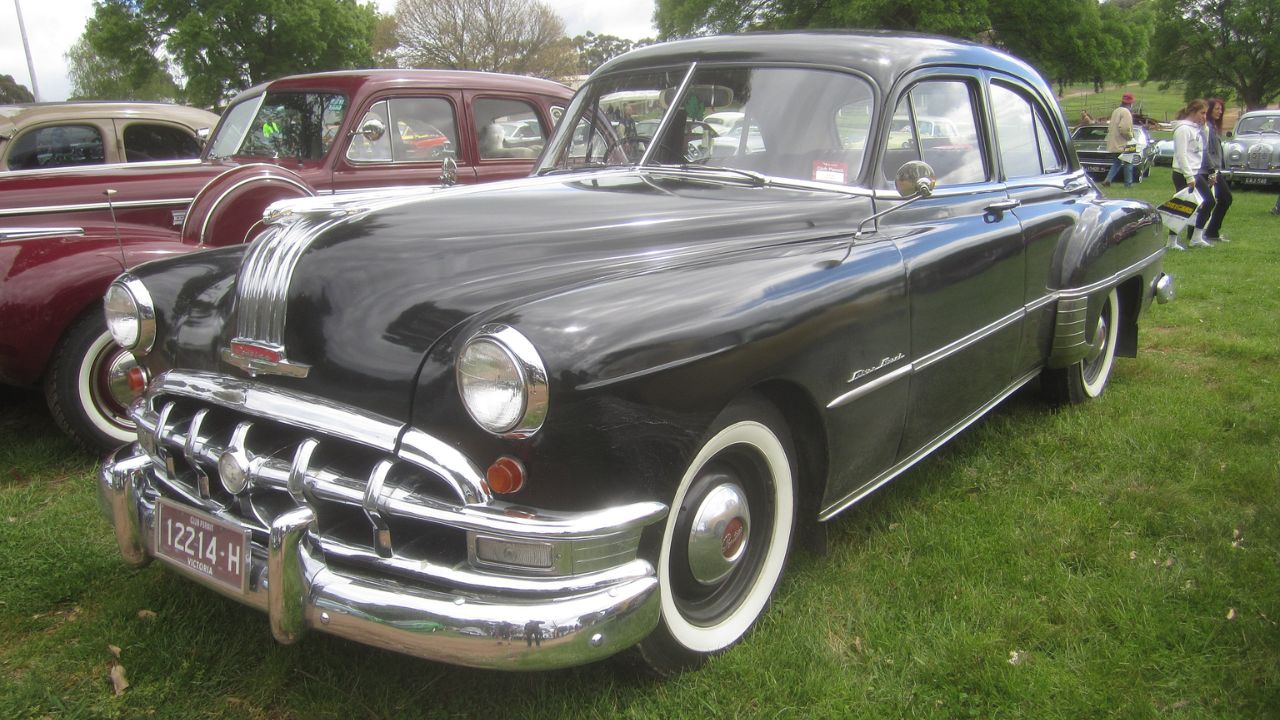
The Pontiac Chieftain Eight ran with a 268-cubic-inch flathead straight-eight making 108 horsepower, not a lot by today’s standards, but decent for a full-size sedan in 1950. Pontiac used the engine across several models well into the early ’50s.
The Chieftain Eight Deluxe offered smooth cruising and surprisingly decent acceleration thanks to short gearing and loads of torque down low. Pontiac built over 300,000 Chieftains in 1950, but many had the six-cylinder—straight-eights were more of an upgrade for people who valued quiet power over flashy acceleration.
1936 Lincoln Model K
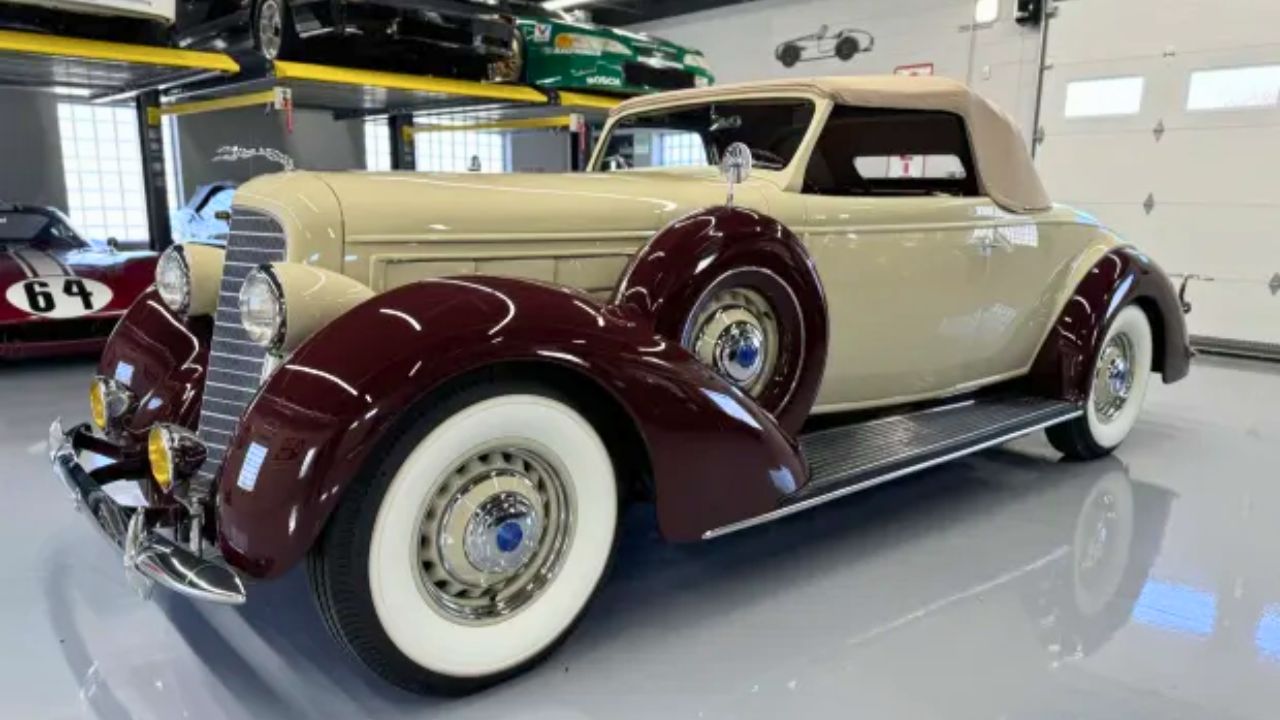
The Lincoln Model K had been around since 1931, but by 1936 it was nearing the end. Its 414-cubic-inch straight-eight put out 150 horsepower, and was mated to a 3-speed manual with long gearing for effortless highway cruising.
Ford phased out the Model K after 1939 in favor of V12s, but the straight-eight version remains a favorite among Lincoln collectors. These were large, formal sedans with driver partitions, long wheelbases, and mechanical refinement that rivaled Cadillac and Packard. Production was low—under 1,500 units for most years.
1940 LaSalle Series 50
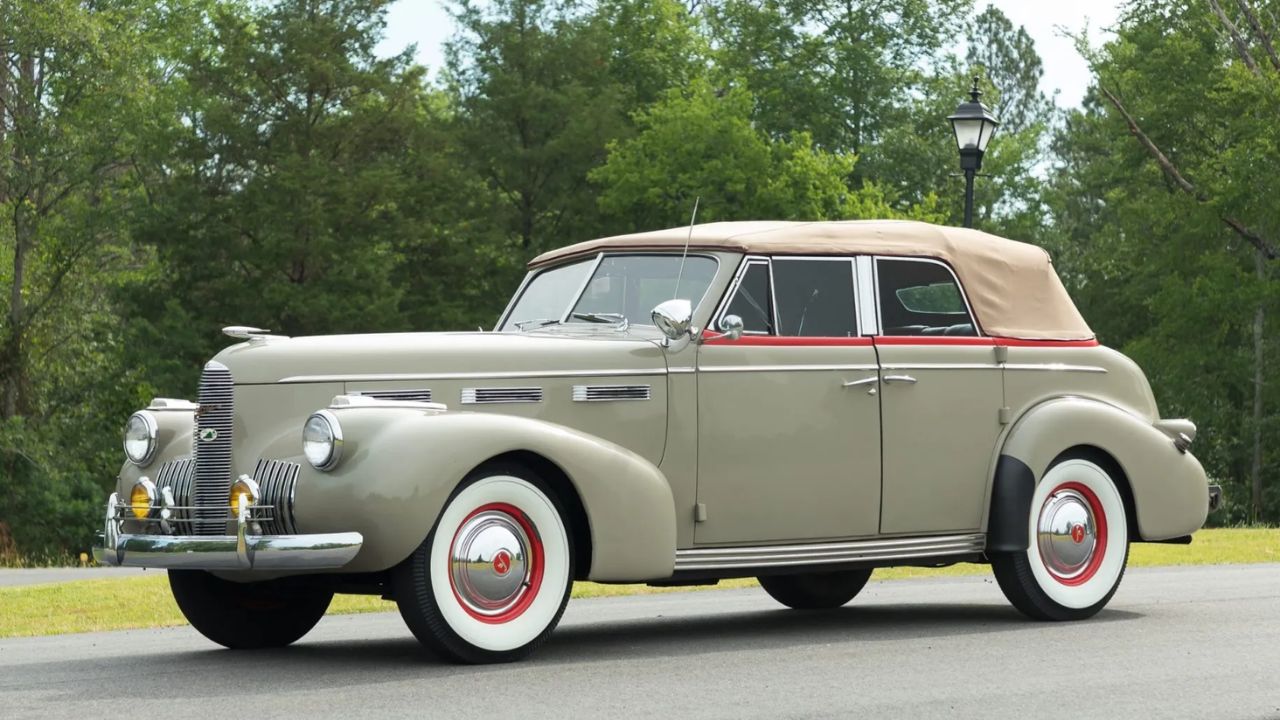
Though LaSalle was GM’s attempt to bridge Cadillac and Buick, the Series 50 made its mark with a 322-cubic-inch straight-eight derived from Buick’s engine program. It made 130 horsepower and paired well with the LaSalle’s smaller size compared to full-blown Cadillacs.
The Series 50 offered good performance for its class, with decent acceleration and smooth running manners. The car marked the final run for LaSalle, with the name retired after 1940. Only 24,000 were produced that year, and fewer still with the straight-eight in higher trim levels.
Like Fast Lane Only’s content? Be sure to follow us.
Here’s more from us:
*Created with AI assistance and editor review.

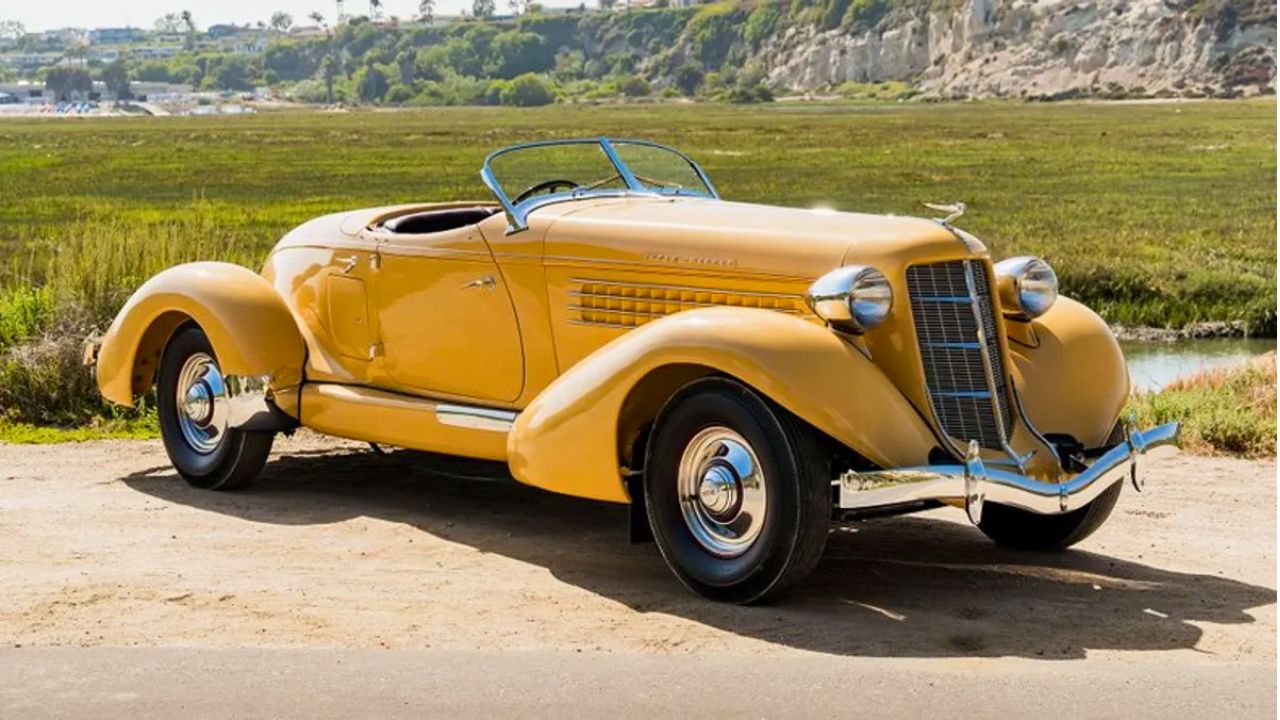
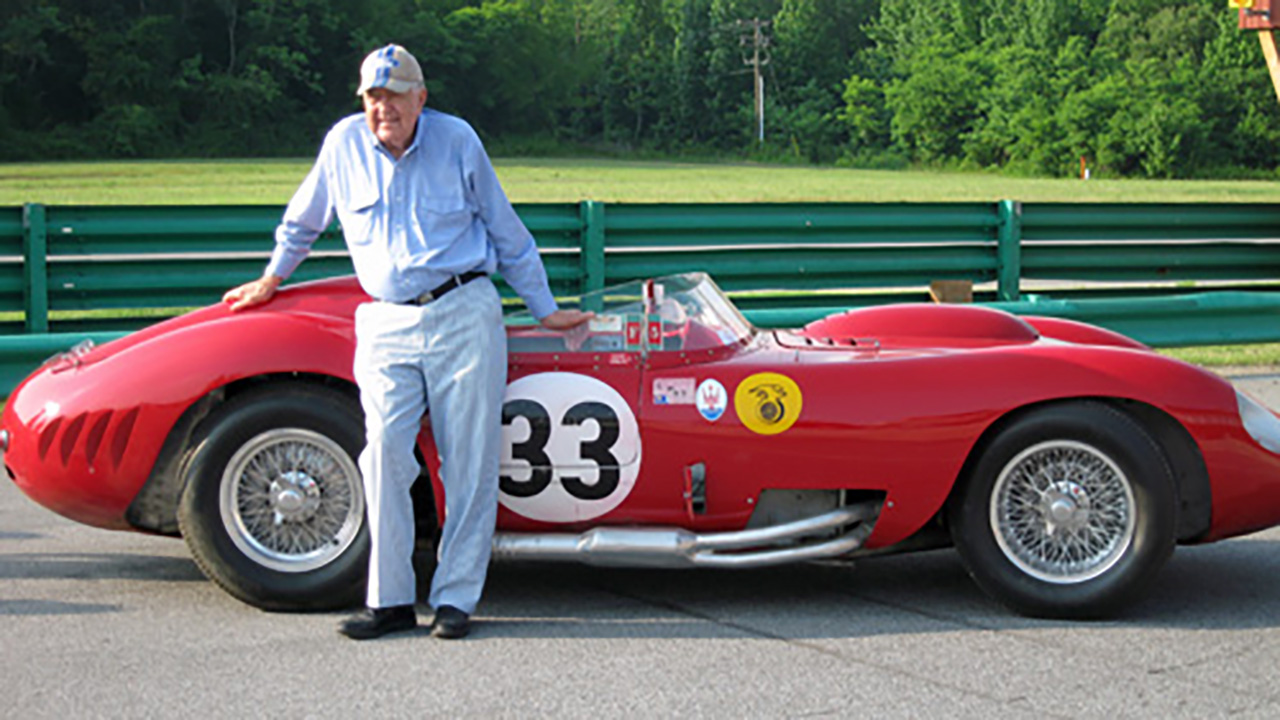
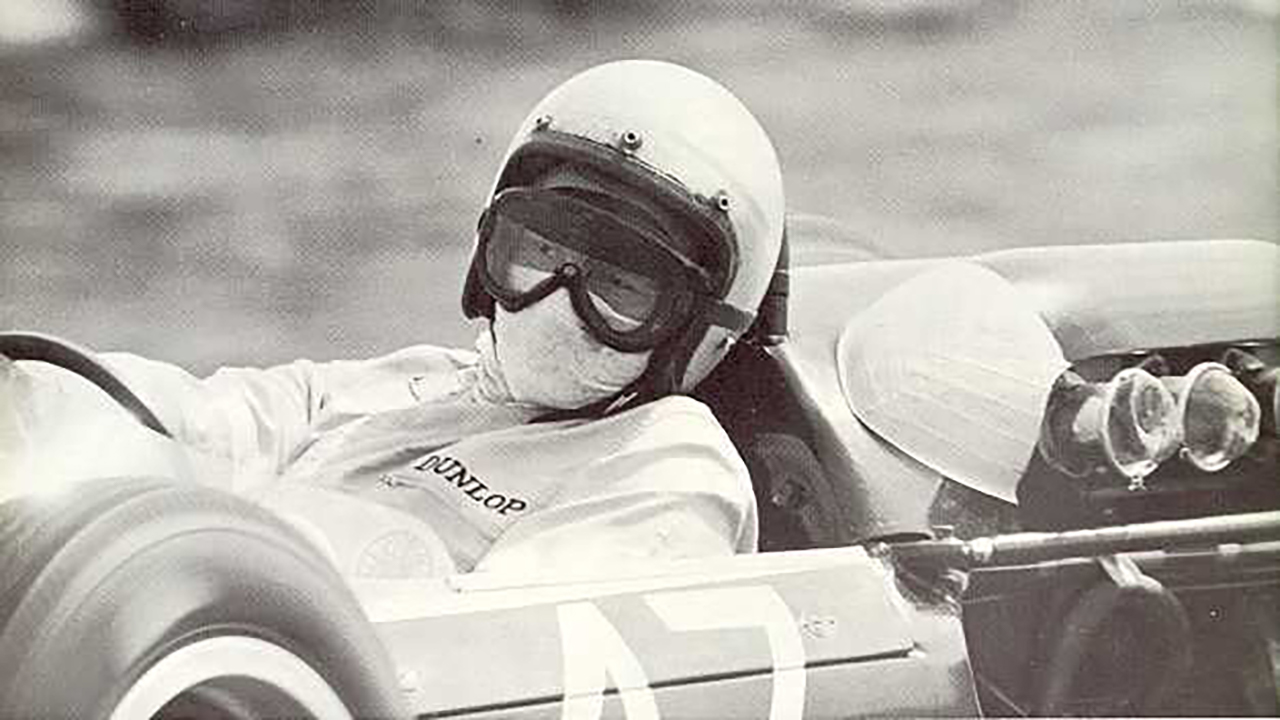
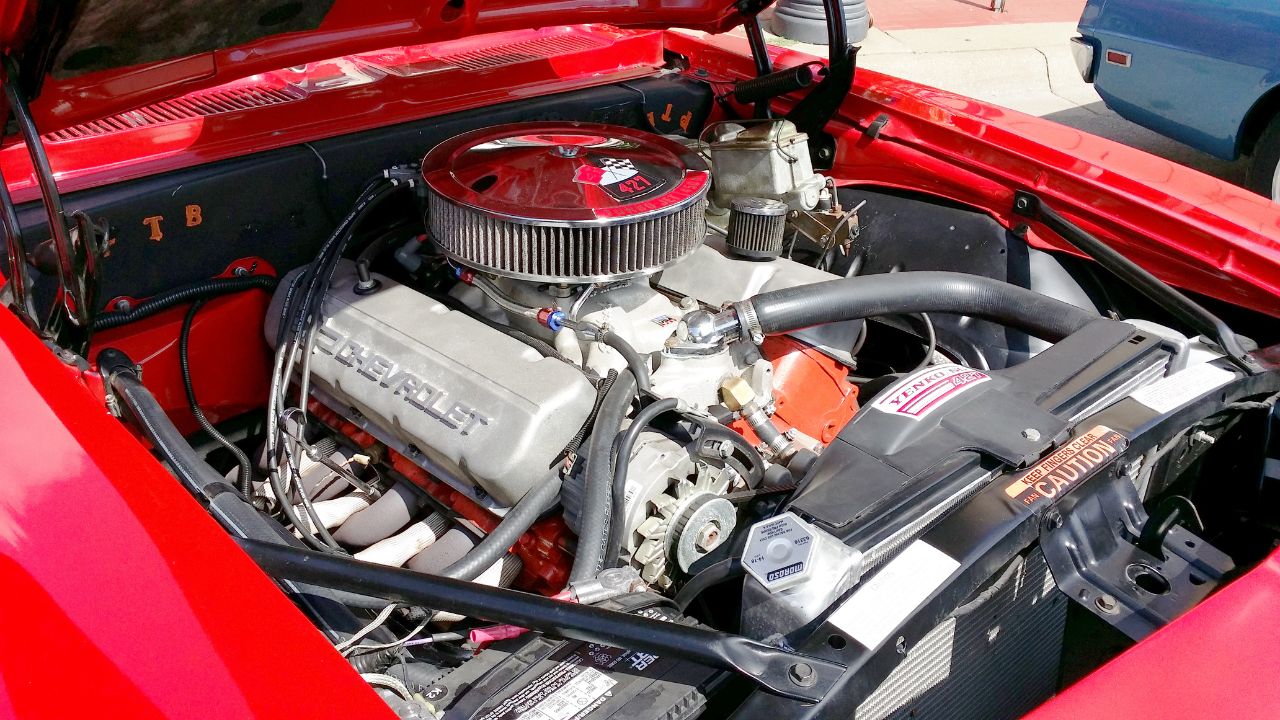
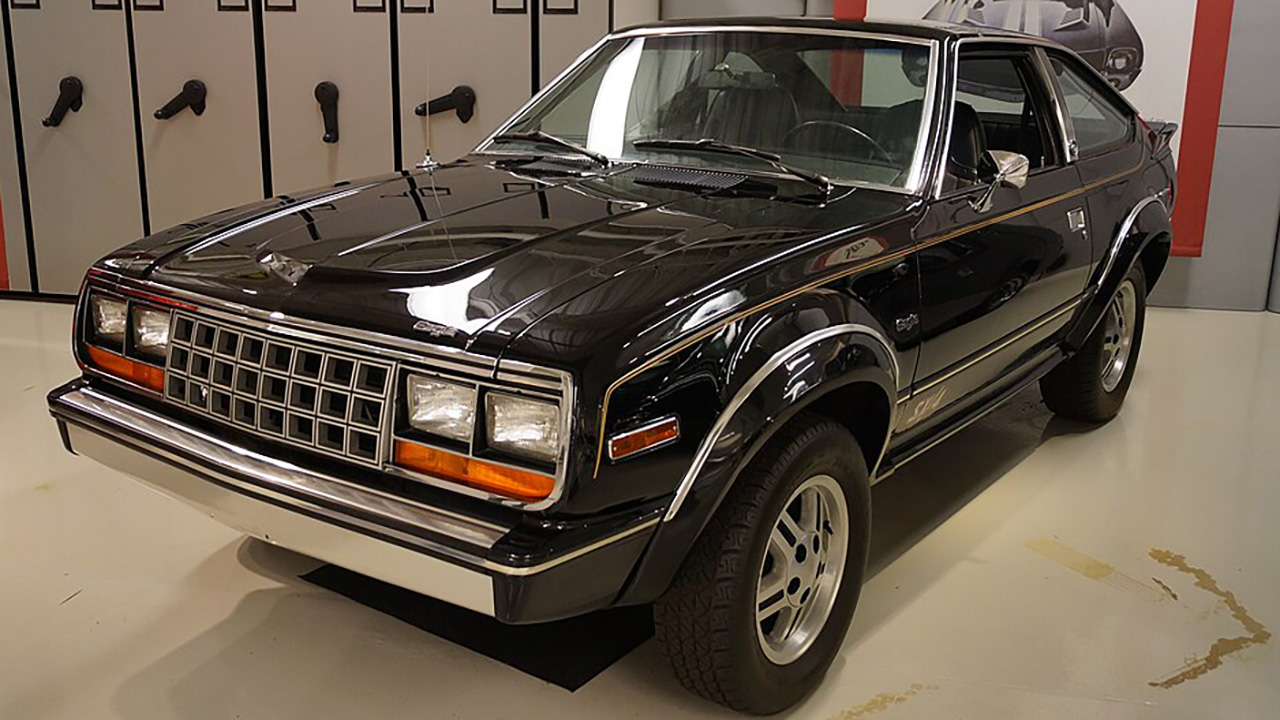
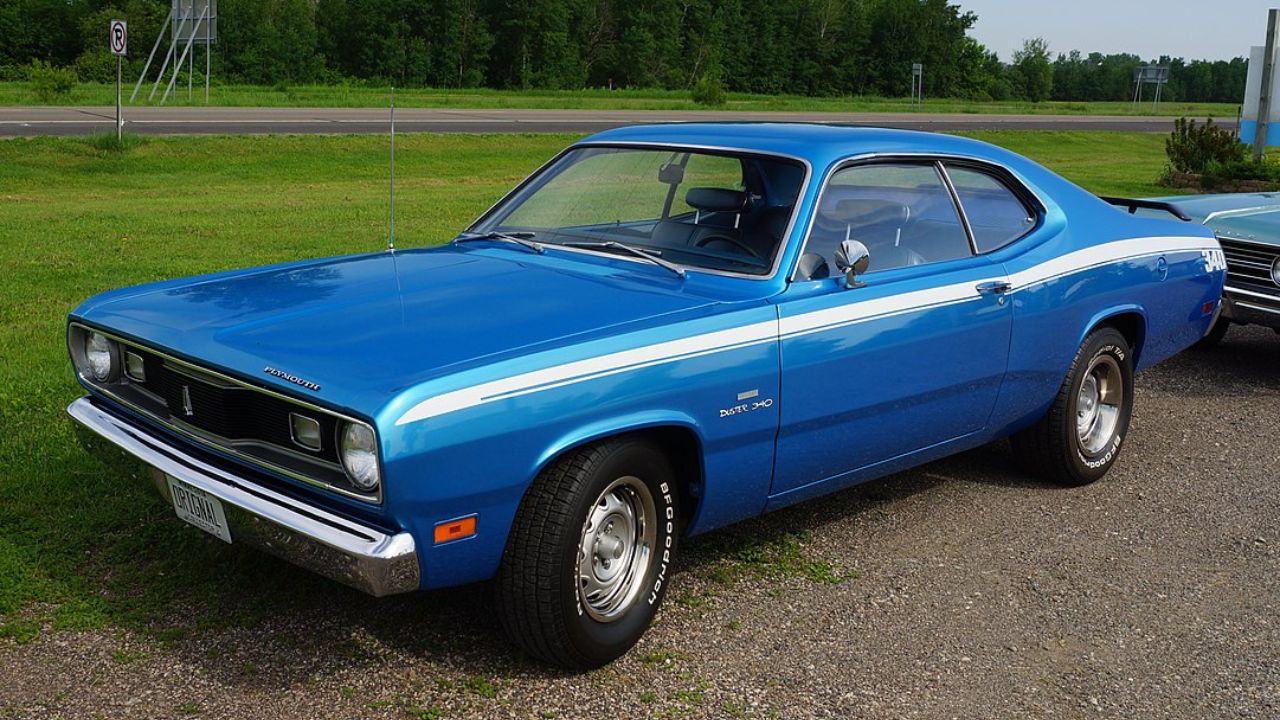
Leave a Reply